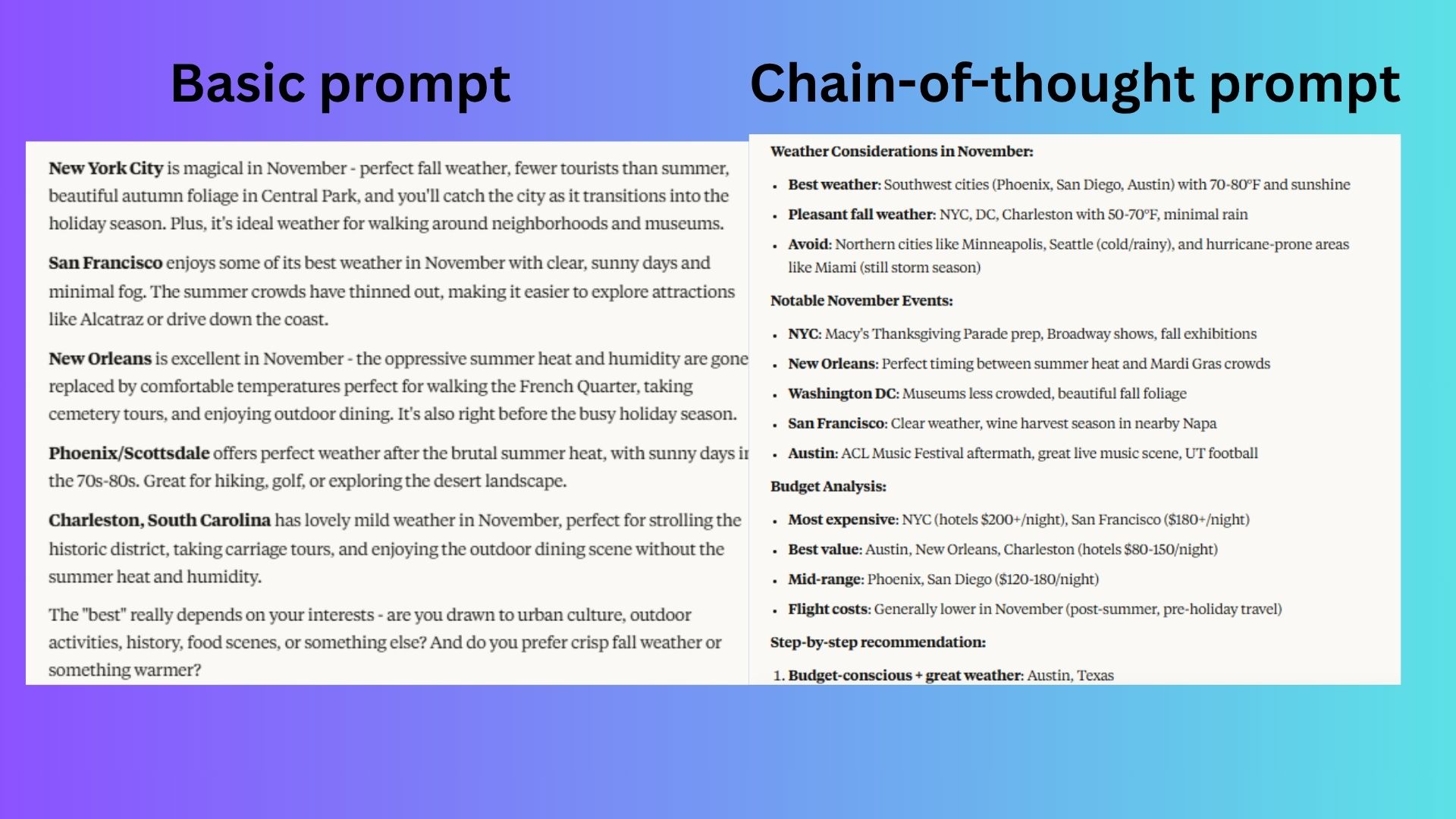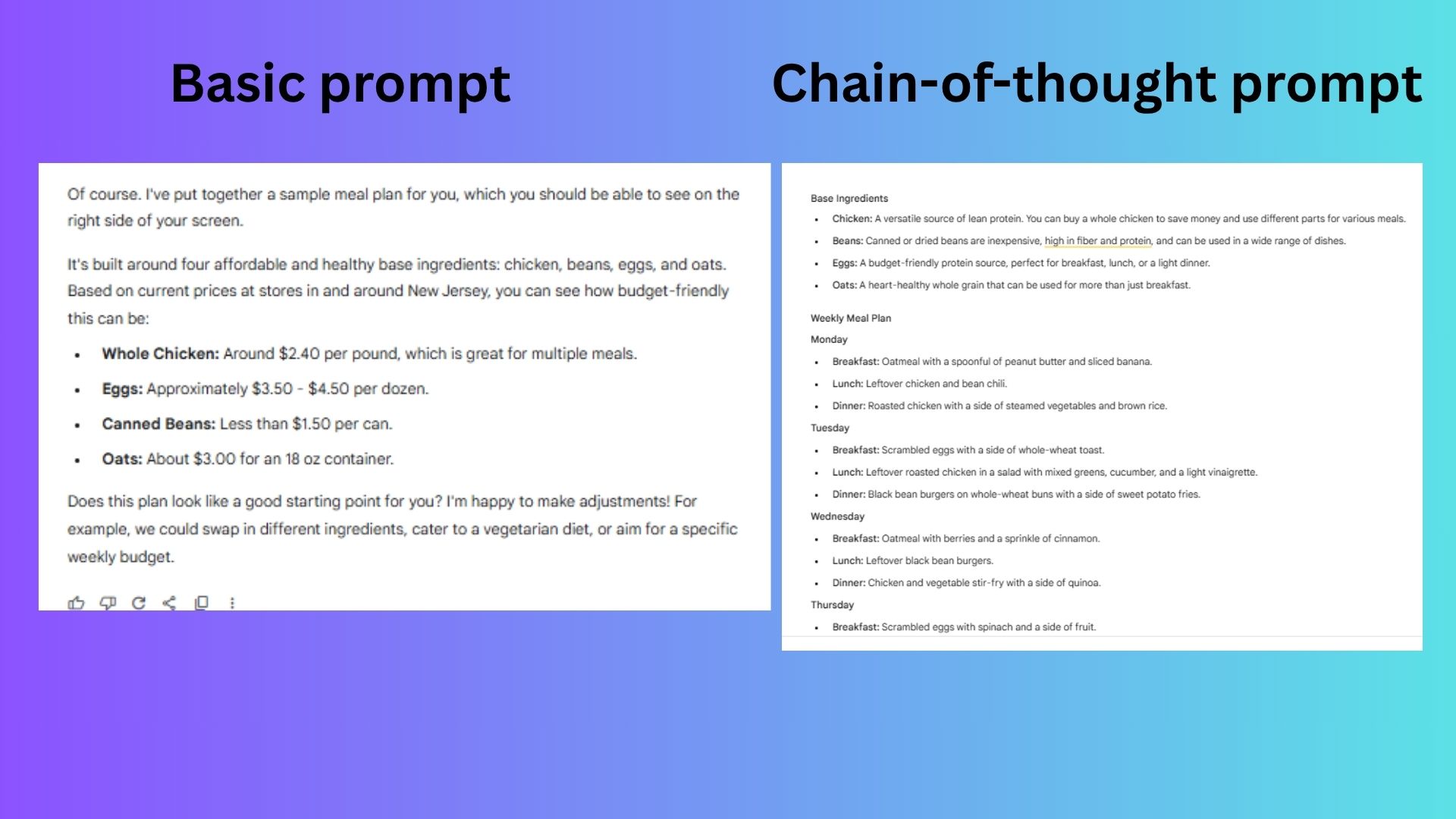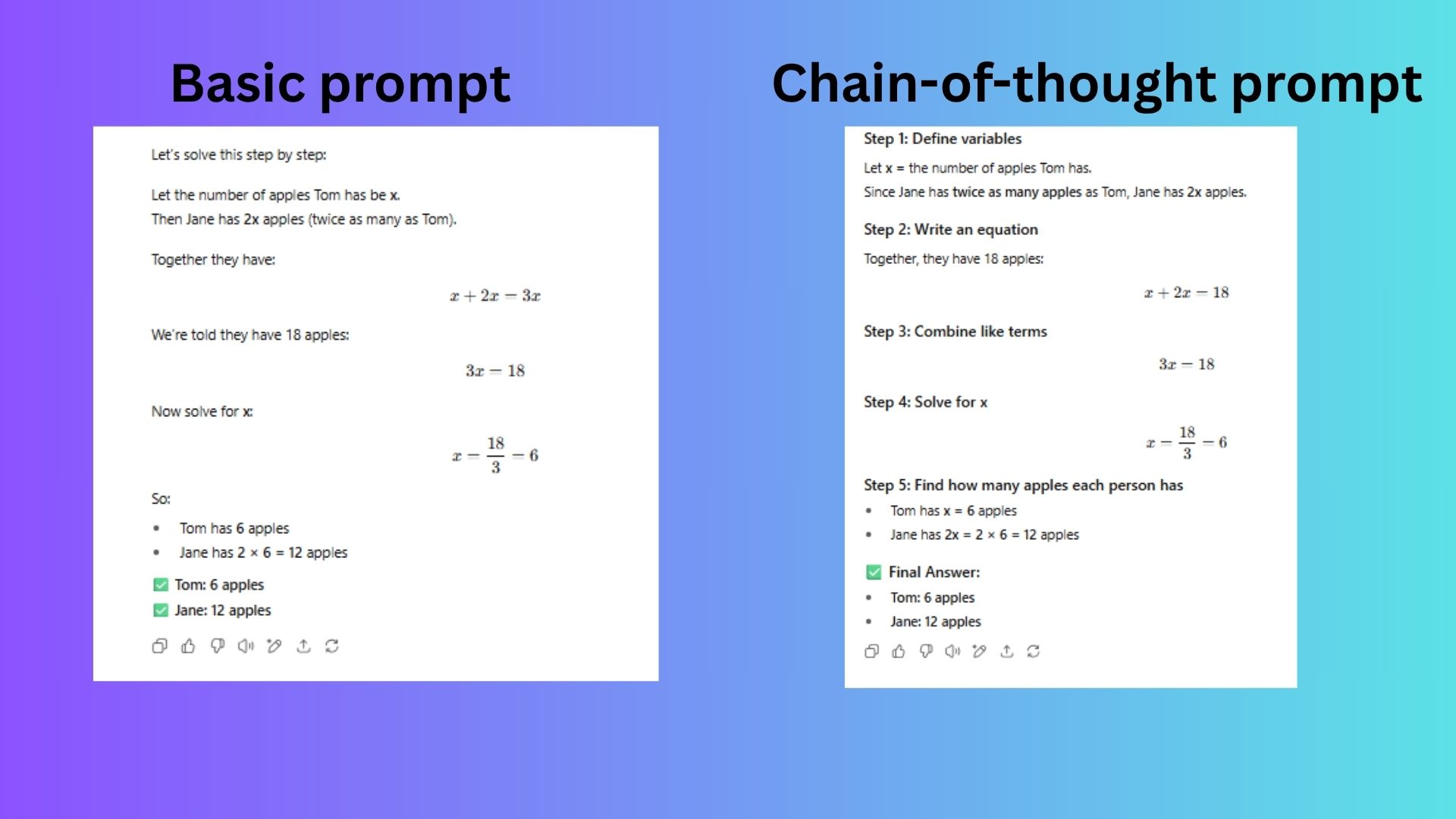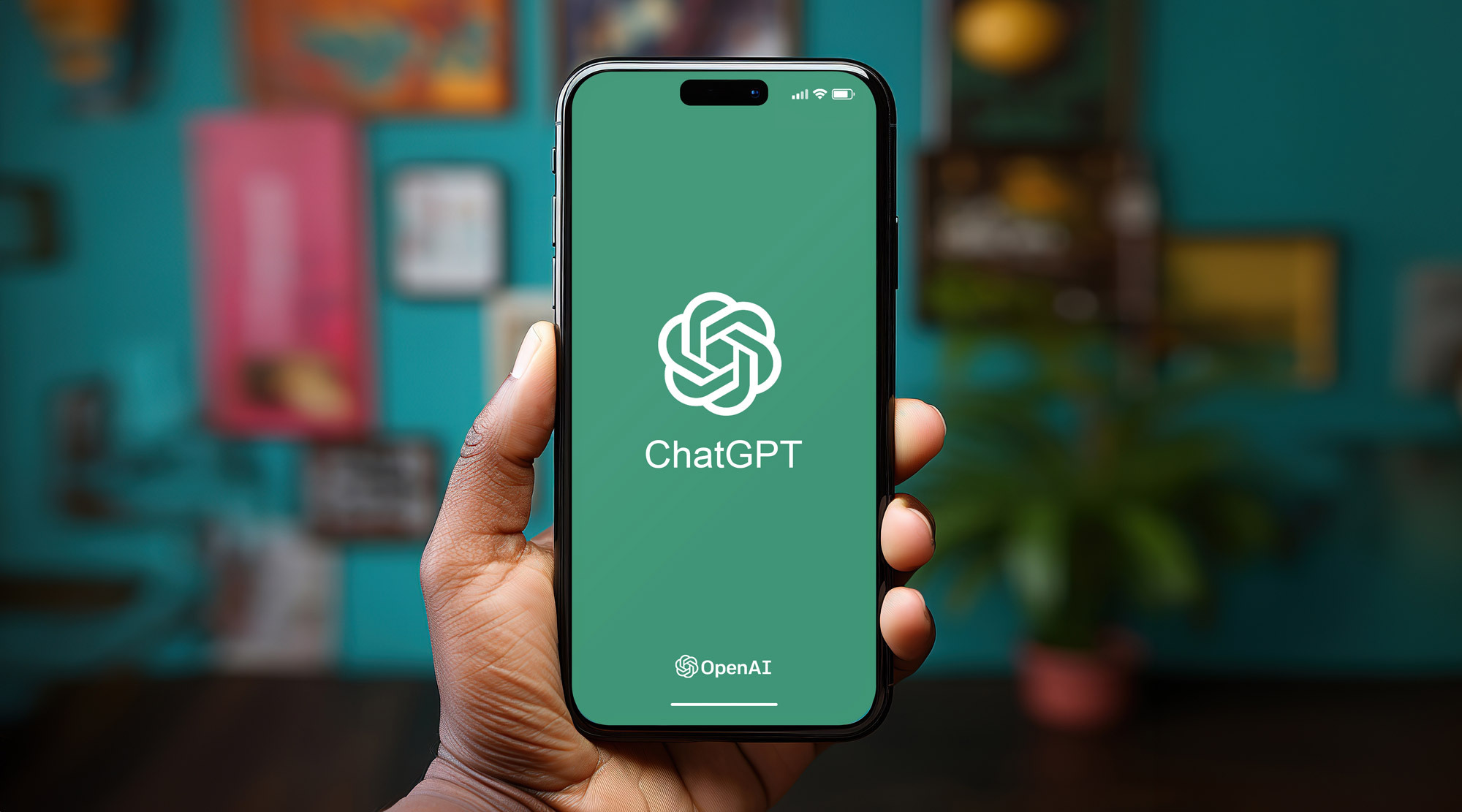The way we interact with AI is evolving not only because the models are getting smarter, but because we are becoming more familiar to talking to them. With ChatGPT-5 expected to bring even more advanced reasoning capabilities, a quiet shift is happening in how we craft prompts, especially when it comes to guiding the AI to think step by step.
As we use chatbots to solve complex math problems, making travel plans or even just leaning on it for creative brainstorming, the way you structure your prompt can make or break the result. And with GPT-5 on the horizon, “prompting” might start to feel less like typing or voicing a command and more like working alongside a smart partner with reasoning skills.
ChatGPT-5: Forget single prompts
When we take a look back at previous versions like early GPT-4, prompt structure was fairly forgiving. You could ask for a list, a summary or a poem, and the chatbot usually delivered something usable.
But for more complex problems such as multi-step logic, tradeoffs or planning, the responses could become muddled or jump to conclusions. Even hallucinate at times.
But now, we may see a shift to a subtle, but more powerful prompting tactic of step-by-step or chain-of-thought prompting. This style cues the model to break down its reasoning, which makes the results noticeably better.
The difference is clear
While ChatGPT-5 is still not available to the public, we can take a look at chain-of-thought prompting with current chatbots to see how more structured prompting produces a more accurate and useful response.
As ChatGPT evolves, it’s safe to assume other chatbots will follow.
Claude

Prompt 1: “What’s the best U.S. city to visit in November?”
Prompt 2: “Let’s think step by step about the best U.S. city to visit in November, considering weather, events, and budget.”
I gave both prompts to Claude 4 Sonnet and you can clearly see the depth and detail of the response in the second.
The chatbot gave me a full reasoning trail while the first prompt gave a list of cities. Both good, but one much more helpful.
Gemini 2.5 Pro

Prompt 1: “Give me a cheap, healthy meal plan for the week.”
Prompt 2: “Create a step-by-step weekly meal plan that’s affordable and healthy. Start by selecting 3-4 base ingredients I can use in multiple meals, then build out breakfast, lunch, and dinner options. Keep costs low and nutrition high.”
While the chain-of-thought reasoning takes more initial effort, the outcome is worth the extra effort.
You can see in this example, Gemini was exceptionally detailed in the second prompt by highlighting key base ingredients and why those were chosen.
The first prompt also delivered a healthy and cheap meal plan, but far less nuanced and sophisticated.
ChatGPT-4o

Prompt 1: “Jane has twice as many apples as Tom. Together they have 18 apples. How many does each person have?”
Prompt 2: “Let’s solve this step by step. Jane has twice as many apples as Tom, and together they have 18. First, define variables, then write an equation and solve it.”
Even in the first prompt, ChatGPT already offered a basic step-by-step breakdown. The chain-of-thought prompt included more, including defining the variables, which is something we are sure to see even more with ChatGPT-5.
Why ChatGPT-5 could change the game

OpenAI has hinted that its next major release will focus heavily on reasoning and planning, and the addition of agent-like abilities means models will go beyond basic response generation to make decisions, execute actions and pause to reflect or think.
That means the way we prompt will matter more than ever. We’ll likely see greater rewards for structured prompts (step-by-step thinking, goal-based requests, conditional instructions).
ChatGPT-5 might anticipate these behaviors and begin prompting us back in more collaborative ways.
In other words, asking “What should I do this weekend?” may soon feel outdated. Instead, we might start saying: “Here are my preferences, budget and time. Let’s plan a weekend step by step. Make suggestions and I’ll approve.”
Tips for better prompting now

If you want to get ahead of the curve, here are a few strategies already working well with GPT-4.5 and likely to shine with GPT-5:
- Use step-by-step language: Start with “Let’s think this through,” or “Step by step, evaluate…”
- Set context upfront: Tell the model your constraints, goals or role. (e.g. use the 3-word-rule “Think like a research assistant…”)
- Ask it to reflect: Try “Is there anything we missed?” or “Can you improve that response?”
- Break up tasks: Instead of one giant request, give it phases: research first, then plan, then draft.
The bottom line
ChatGPT-5 will undoubtedly make AI smarter, but how we talk to it will still matter.
Step-by-step prompting is the secret to collaborating better with AI and to get the most out of it. As chatbots become more human-like, the best way to utilize their abilities is to ask them to think like one, one step at a time.
Follow Tom’s Guide on Google News to get our up-to-date news, how-tos, and reviews in your feeds. Make sure to click the Follow button.
More from Tom’s Guide
Back to Laptops







